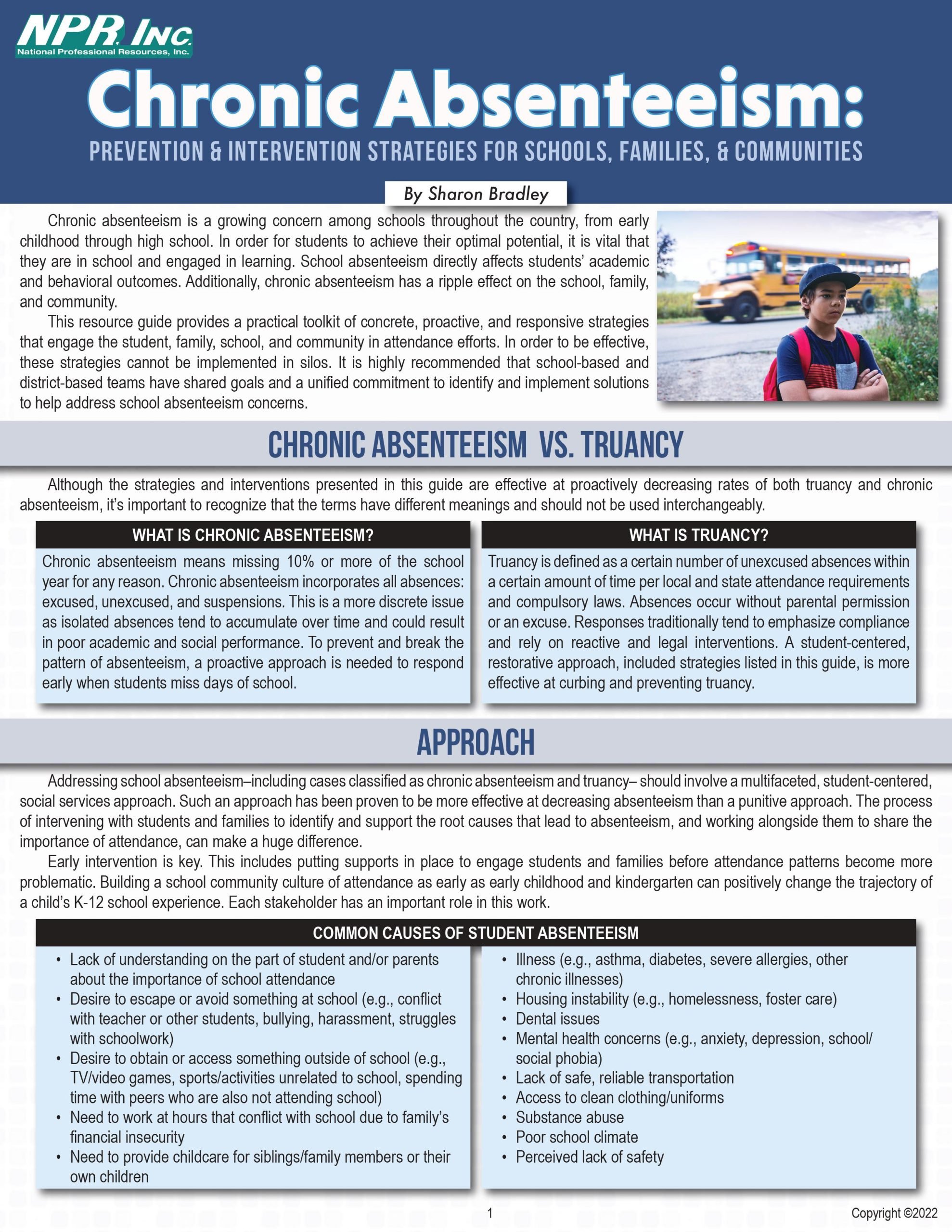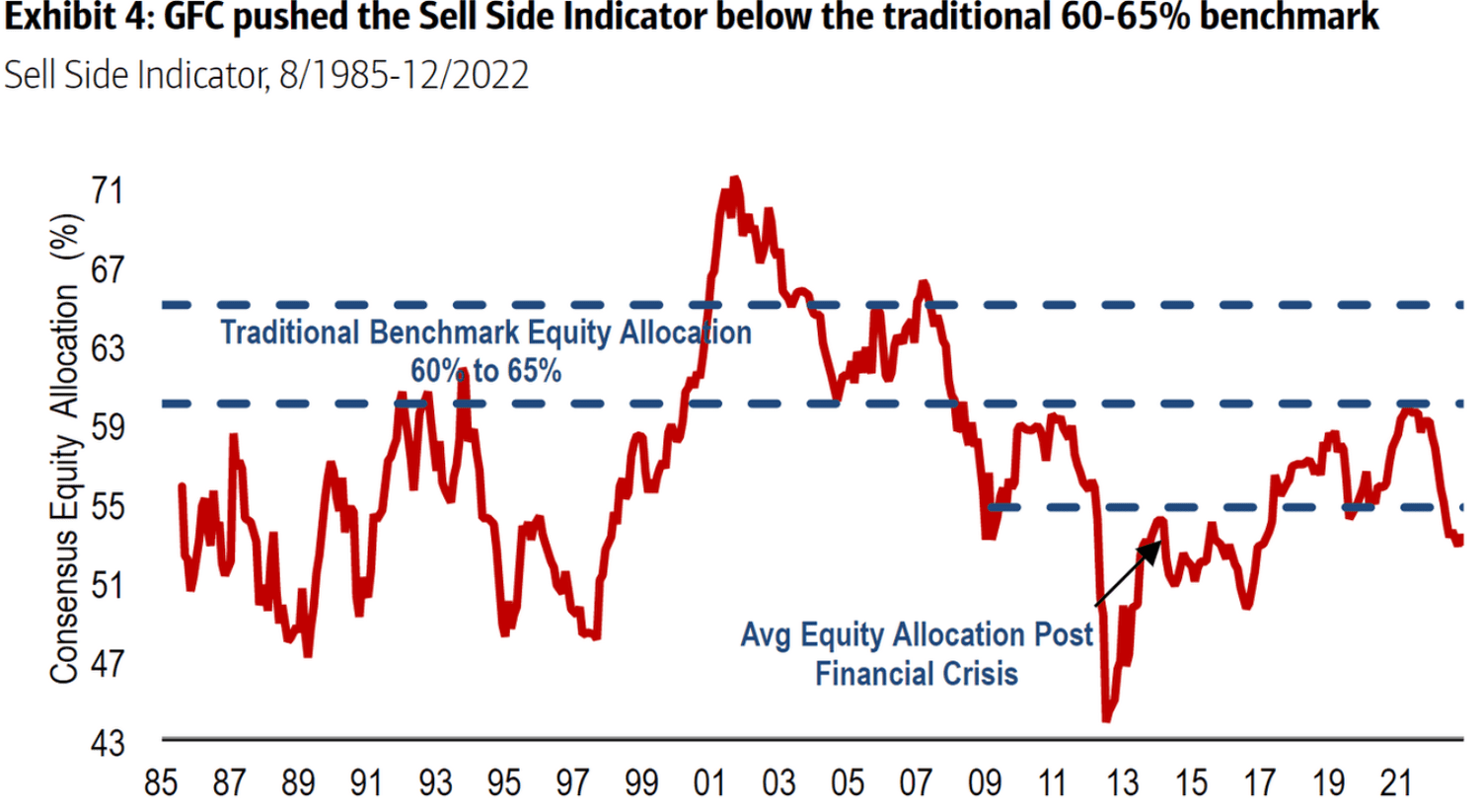Femicide: Causes, Impacts, And Strategies For Prevention And Intervention

Table of Contents
Understanding the Root Causes of Femicide
Femicide is not a random act; it is rooted in deeply ingrained societal structures and individual behaviors. Understanding these causes is the first step towards effective prevention.
Societal and Cultural Factors
Patriarchal norms that prioritize male dominance and subordinate women are a significant driver of femicide. Gender inequality, manifested in unequal access to education, employment, and resources, further exacerbates the risk. The normalization of violence against women, often excused or minimized in societal discourse, creates an environment where such acts can flourish.
- Unequal power dynamics: Societies where men hold disproportionate power over women are more prone to femicide.
- Limited women's rights: Lack of legal protection and inadequate enforcement of existing laws contribute to impunity for perpetrators.
- Acceptance of domestic violence: The widespread tolerance of domestic abuse creates a pathway to more severe forms of violence, including femicide.
- Harmful masculinity: The glorification of aggressive masculinity and the expectation of male dominance can fuel violence against women.
Countries like Mexico, El Salvador, and certain regions of South America exhibit alarmingly high femicide rates, often linked to deeply rooted cultural norms and societal structures that condone violence against women.
Psychological Factors
While societal factors create the fertile ground for femicide, the psychology of perpetrators plays a crucial role. Controlling behavior, possessiveness, a sense of entitlement, and a belief in male ownership over women are common traits observed in perpetrators. Substance abuse and untreated mental health issues can further escalate the risk of violence.
- Anger management issues: Inability to manage anger and frustration can lead to violent outbursts.
- History of abuse: Perpetrators often have a history of witnessing or experiencing violence themselves.
- Personality disorders: Certain personality disorders can increase the likelihood of violent behavior.
- Jealousy and possessiveness: A controlling desire to possess and dominate a woman can lead to extreme violence.
Understanding the psychological profiles of perpetrators is critical for developing targeted interventions and rehabilitation programs.
Systemic Failures
Ineffective law enforcement, weak judicial systems, and a lack of access to justice and protection for women significantly contribute to femicide rates. Inadequate investigations, slow prosecution, lenient sentences, and corruption all undermine efforts to hold perpetrators accountable.
- Police inaction: Failure to respond adequately to reports of domestic violence or threats can have deadly consequences.
- Inadequate legal frameworks: Weak laws and insufficient resources dedicated to prosecuting gender-based violence can allow perpetrators to escape justice.
- Lack of shelters and support services: Women lacking safe places to escape abusive situations are at increased risk.
- Low prosecution and conviction rates: Low rates of prosecution and conviction send a message that femicide is not taken seriously.
Addressing systemic failures requires comprehensive judicial reform, improved police training, and increased funding for support services.
The Devastating Impacts of Femicide
The consequences of femicide extend far beyond the immediate victim; it profoundly impacts families, communities, and society as a whole.
Impact on Families and Communities
Femicide leaves behind a trail of devastation for families and communities. The loss of a daughter, sister, mother, or friend creates lasting emotional wounds, grief, trauma, and financial hardship. The erosion of social trust and cohesion is also a significant consequence.
- Trauma and grief: Families and communities experience profound psychological trauma and prolonged grief.
- Financial hardship: The death of a woman often leaves families facing economic instability.
- Social isolation: Families may withdraw from their communities, exacerbating feelings of isolation and helplessness.
- Loss of social cohesion: Femicide can undermine the sense of safety and security within a community.
Economic Consequences
Femicide imposes a substantial economic burden on society. This includes the loss of the victim's potential economic contributions, healthcare costs associated with treating survivors and responding to the aftermath of violence, and the increased demand for social support services.
- Loss of productivity: The death of a woman means the loss of her potential economic contributions.
- Healthcare costs: Significant resources are needed to address the physical and mental health consequences of femicide.
- Social welfare costs: Increased demand for social services like counseling and support for bereaved families.
- Reduced economic growth: Femicide can negatively impact a country’s overall economic productivity.
Public Health Crisis
Femicide must be recognized as a serious public health crisis requiring urgent intervention. The pervasive impact on mental health, community well-being, and public safety necessitates a comprehensive public health approach.
- Increased rates of mental health issues: Femicide creates a ripple effect of mental health problems within families and communities.
- Societal trauma: The widespread occurrence of femicide can lead to generalized societal trauma and fear.
- Decreased public safety: High rates of femicide undermine public trust and sense of safety.
- Need for integrated public health response: Addressing femicide requires a multi-sectoral approach that integrates public health strategies.
Strategies for Prevention and Intervention
Combating femicide requires a multi-pronged approach encompassing prevention and intervention strategies.
Prevention Strategies
Addressing the root causes of femicide is paramount. This involves comprehensive education programs that challenge harmful gender norms and promote gender equality. Public awareness campaigns can help to raise consciousness and shift societal attitudes.
- Comprehensive sex education: Education focusing on healthy relationships, consent, and respect can help prevent violence.
- Public awareness campaigns: Campaigns can challenge harmful stereotypes and promote positive gender relations.
- Gender equality initiatives: Promoting women's empowerment and access to resources can reduce their vulnerability.
- Support groups and community-based interventions: These initiatives provide support and build resilience within communities.
Intervention Strategies
Protecting women at risk requires robust intervention strategies. This includes strengthening law enforcement capabilities, improving access to legal aid and shelters, and providing comprehensive support services for survivors of violence.
- Stricter laws on domestic violence: Legislation must reflect the severity of domestic violence and its potential to escalate to femicide.
- Improved police training: Police officers need specialized training to effectively respond to domestic violence calls and protect victims.
- Increased funding for shelters: Safe spaces are crucial for women escaping abusive situations.
- Access to therapy and support services: Providing mental health and other support services is vital for survivors.
International Cooperation
International collaboration is crucial in combating femicide. Sharing best practices, providing technical assistance to countries with high rates of femicide, and supporting the implementation of effective prevention and intervention programs are all essential steps.
- International treaties and agreements: These frameworks establish legal obligations and promote global cooperation.
- Funding for support programs: International organizations can provide financial support for programs addressing femicide.
- Data sharing and research collaboration: International collaboration allows for better understanding of the problem and development of effective strategies.
- Capacity building and training: Providing training and support to local organizations and government agencies.
Conclusion
Femicide is a devastating consequence of gender-based violence, rooted in societal inequality, harmful cultural norms, and systemic failures. Its impact ripples through families, communities, and nations, creating a profound human and economic burden. To effectively combat this crisis, we must address its root causes through comprehensive prevention strategies and implement robust intervention measures. This requires a concerted effort at individual, community, national, and international levels. We must all work together to challenge harmful gender norms, support organizations working to end gender-based violence, advocate for stronger laws and improved law enforcement, and demand an end to femicide. Learn more about femicide prevention, support local organizations fighting gender-based violence, and advocate for policies that protect women and girls. Let's work together to create a world free from violence against women.

Featured Posts
-
 Vybz Kartel Breaks Silence Prison Family And Future Music Plans
May 21, 2025
Vybz Kartel Breaks Silence Prison Family And Future Music Plans
May 21, 2025 -
 The Trump Factor How Us Politics Drives Demand For European Citizenship
May 21, 2025
The Trump Factor How Us Politics Drives Demand For European Citizenship
May 21, 2025 -
 Storing Abn Amro Opslag Wat Te Doen Bij Online Betaalproblemen
May 21, 2025
Storing Abn Amro Opslag Wat Te Doen Bij Online Betaalproblemen
May 21, 2025 -
 Liverpool Juara Liga Inggris 2024 2025 Prediksi Dan Daftar Juara Premier League 10 Tahun Terakhir
May 21, 2025
Liverpool Juara Liga Inggris 2024 2025 Prediksi Dan Daftar Juara Premier League 10 Tahun Terakhir
May 21, 2025 -
 Stock Market Valuation Concerns Bof A Offers A Different View
May 21, 2025
Stock Market Valuation Concerns Bof A Offers A Different View
May 21, 2025
